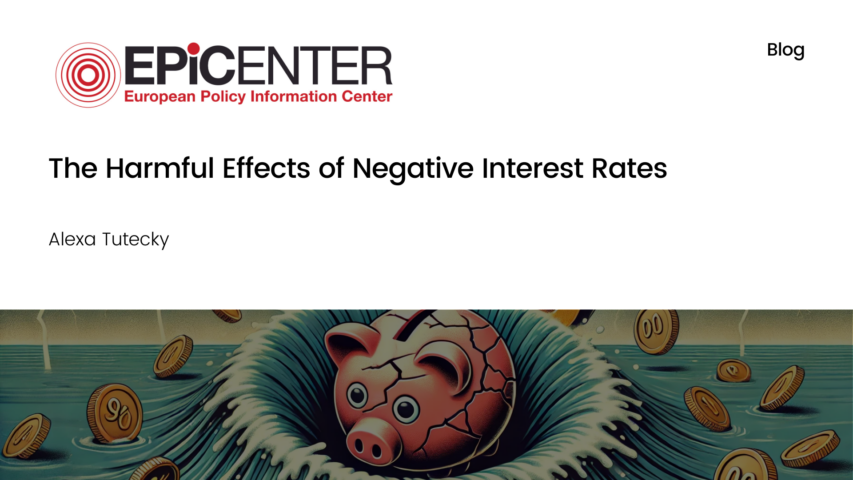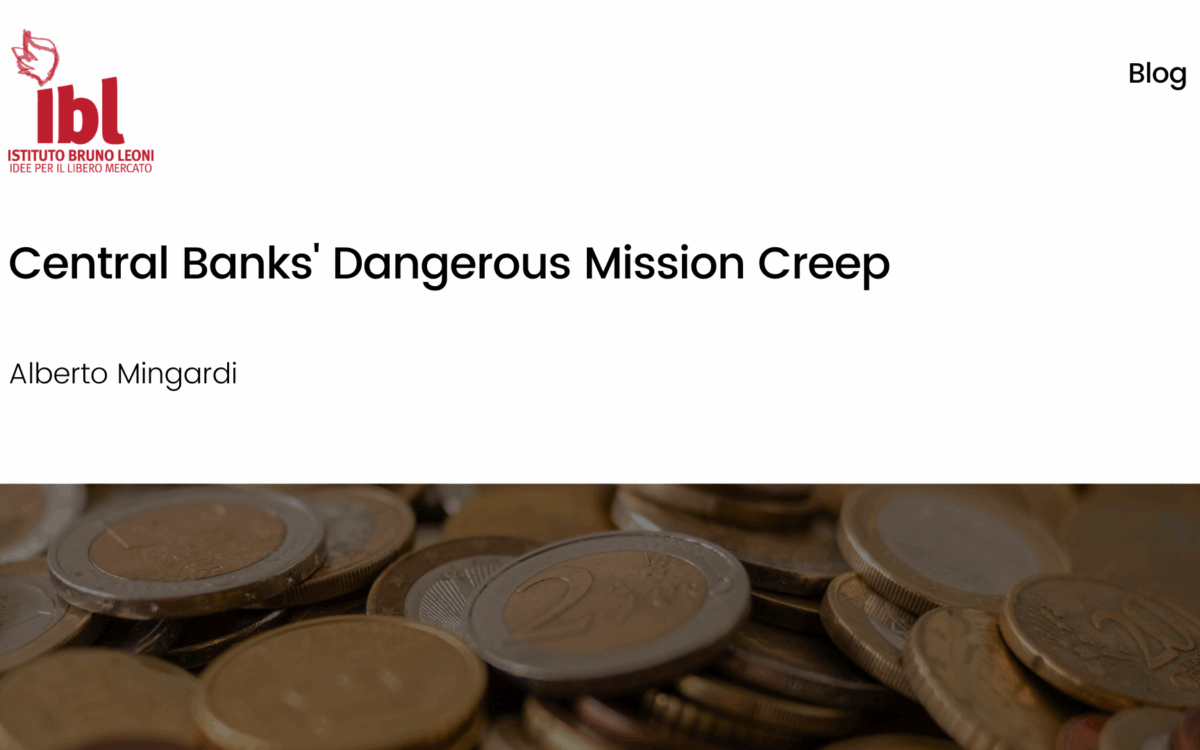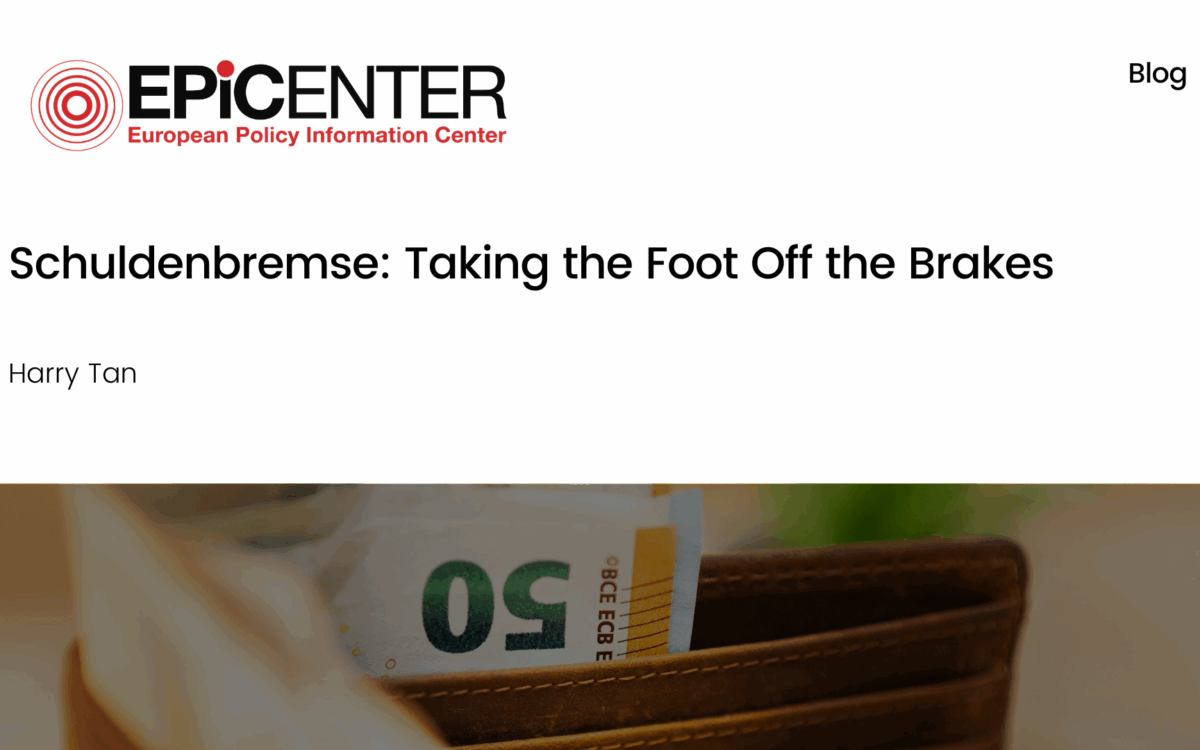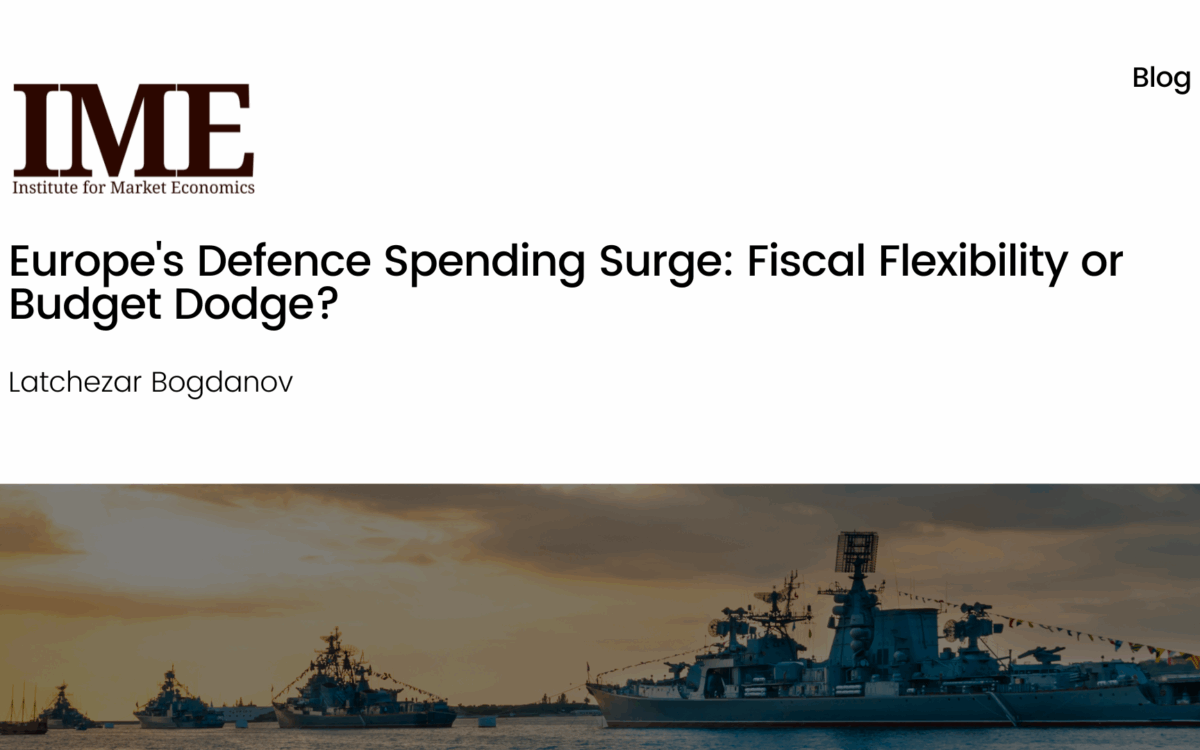The Harmful Effects of Negative Interest Rates

The Harmful Effects of Negative Interest Rates
Alexa Tutecky // 25 February 2020
Over the past month, six eurozone banks have dropped below the European Central Bank’s (ECB) capital requirements. As a result, they have been told to take eminent action to address their shortcomings. Falling below this critical benchmark could signal a possible economic downturn, especially as the larger banks struggle to make money, face high costs from their unsuccessful brick-and-mortar branches, and cover up fraudulent scandals.
The banks’ shortfalls provide a brutal illustration of just how fragile the European banking sector currently is. Negative interest rates and a lack of investor confidence are seemingly ever-present conditions.
The ECB first began implementing negative interest rates in June 2014, indicating that it would be a temporary monetary policy initiative that would help correct economic instability following the Eurozone crisis. During this time of economic unrest, people were holding onto money and disinvesting until economic conditions became stronger. However, any time there is a lack of investment, the weak state of the economy will be further exacerbated. There will be increased unemployment, decreased profits, and more fear will be invoked into the public. During times of instability, public spending falls, which further encourages investors to wait while prices drop.
The ECB’s goal was to encourage banks to increase lending, by charging them to hold reserves. Usually, the banks would prefer to give out loans and earn interest, instead of facing charges to place their money in the ECB. This is because, in a negative interest rate environment, there can be harmful spillovers into deposit accounts and loans. Deposit holders will have to pay for leaving their money in the bank, while borrowers will earn money from their loan.
Negative interest rates should have, in theory, promoted spending and investment. However, it has not achieved its desired effect. It has now been over six years, and banks are suffering under an incredibly low interest rate environment. What set out to be a short-term safeguard has actually increased risks.
In September of last year, the ECB decided to further decrease rates by dropping them to -0.5%. For the German banking system, which is having a particularly challenging time in this environment, negative interest rates are presumed to have additional negative side effects. Deutsche Bank’s CEO Christian Sewing described the ECB’s negative rates policy as “not particularly sensible or sustainable.” Both pensions and savings accounts suffer under negative interest rates. It promotes price bubbles and speculative investments – not dissimilar conditions to those that led to the 2008 financial crisis in the US.
Understanding the severity of the issue, banking leaders have been working with politicians in nations with budget surpluses. It is their hope to implement fiscal stimulus so that the combination of greater spending and tax decreases will spark growth and inflationary conditions. Only under these circumstances will the ECB consider raising rates to a healthy level.
The European reality of negative interest rates has been the topic of intense debate regarding the downturn of the European banking system and the distortion of financial markets. Martin Wolf, The Financial Times’ Associate Editor said that “negative interest rates are not the fault of central banks.”
However, under a free banking system and a free market, rates should never be negative. This is because interest rates in free markets reflect the social rate of time preference, it is the “price of time.” As such, interest rates should never be below zero if free market conditions truly exist.
The idea that governments should manipulate aggregate demand or supply in order to ensure price or economic stability is false. There is no need for a political authority to equate aggregate demand and supply. The claim that negative interest rates are somehow natural, or that they are the answer to the needs of the economy, is illogical. Without the interference of central banks and governments, the negative interest rate topic would be non-existent.
EPICENTER publications and contributions from our member think tanks are designed to promote the discussion of economic issues and the role of markets in solving economic and social problems. As with all EPICENTER publications, the views expressed here are those of the author and not EPICENTER or its member think tanks (which have no corporate view).



